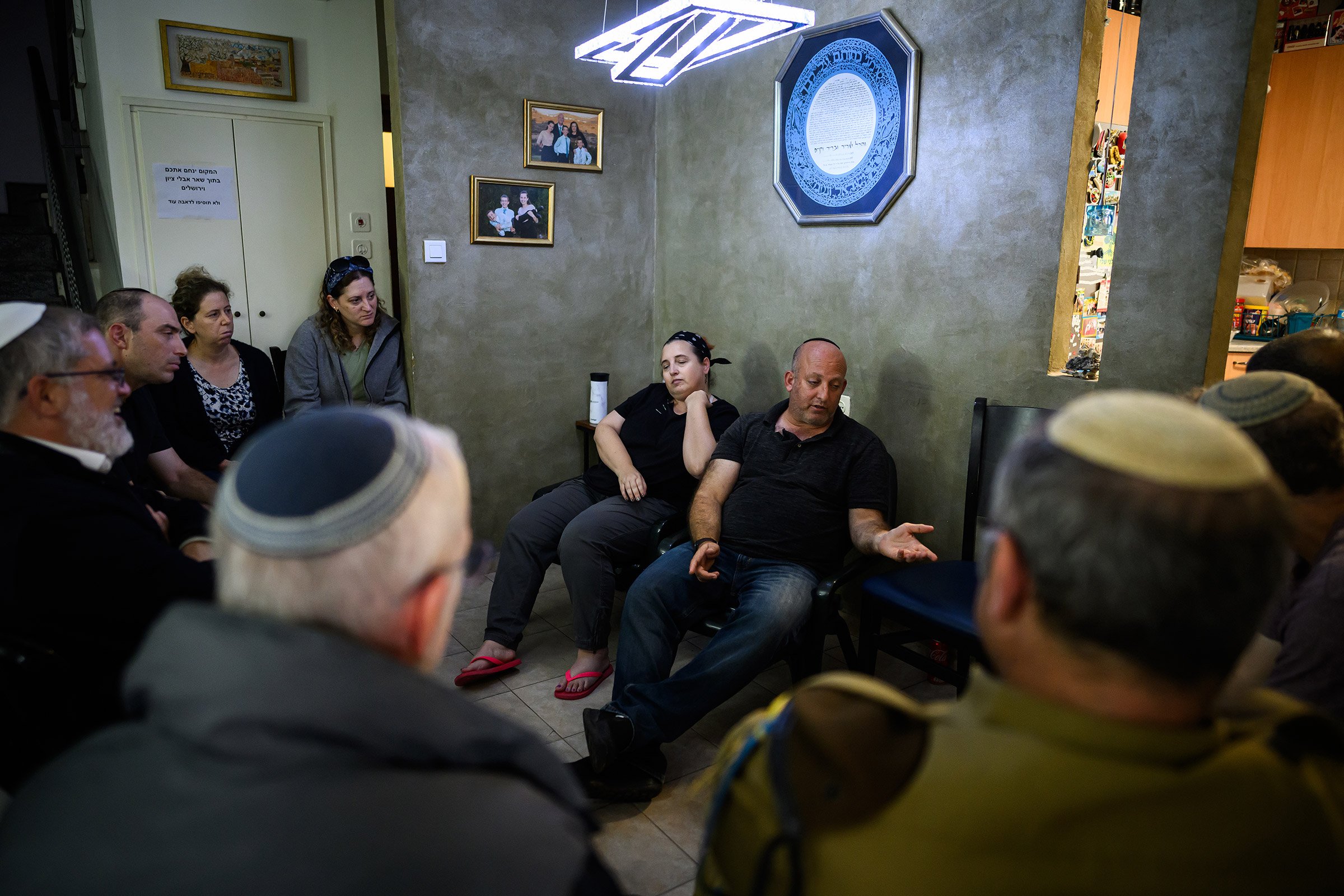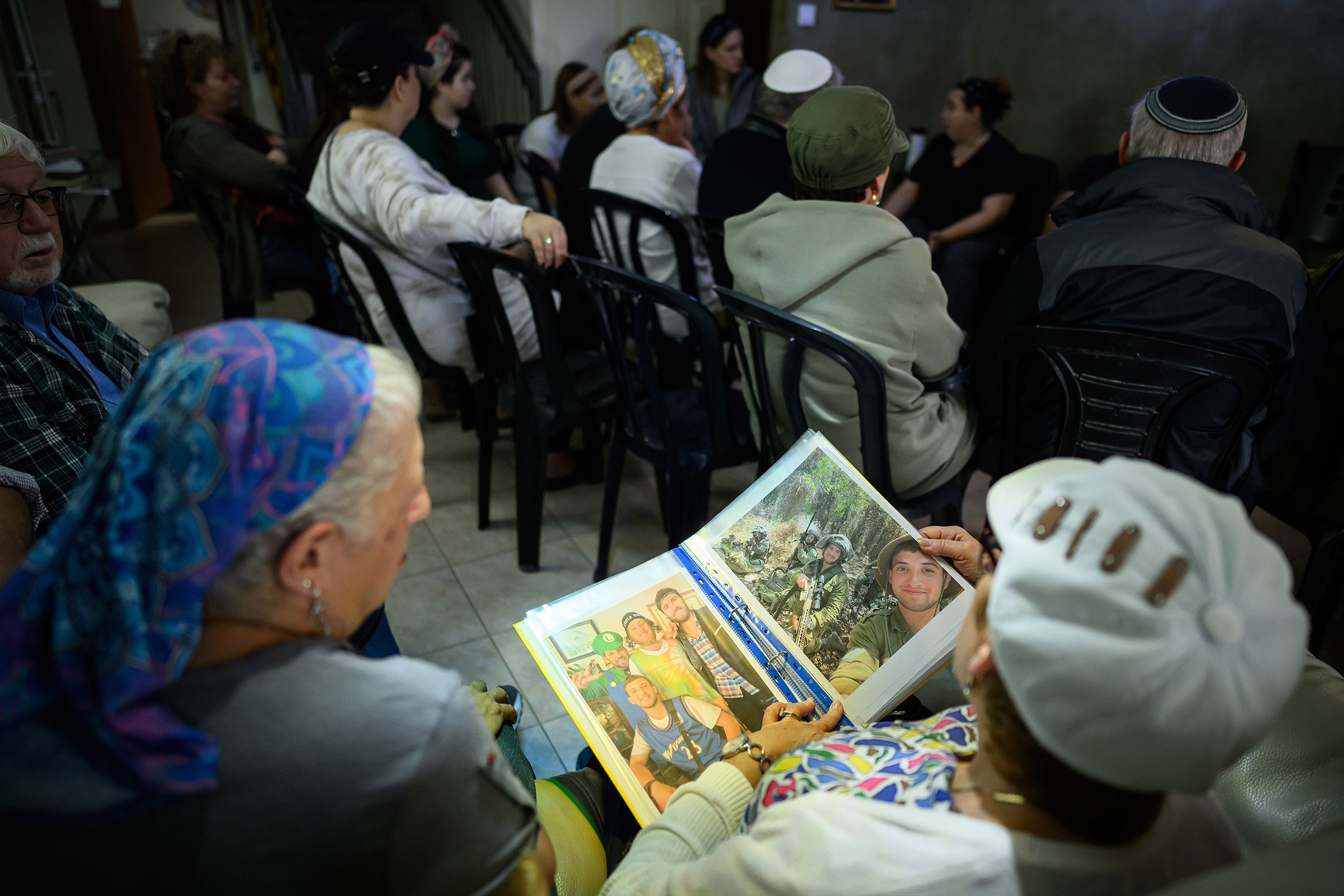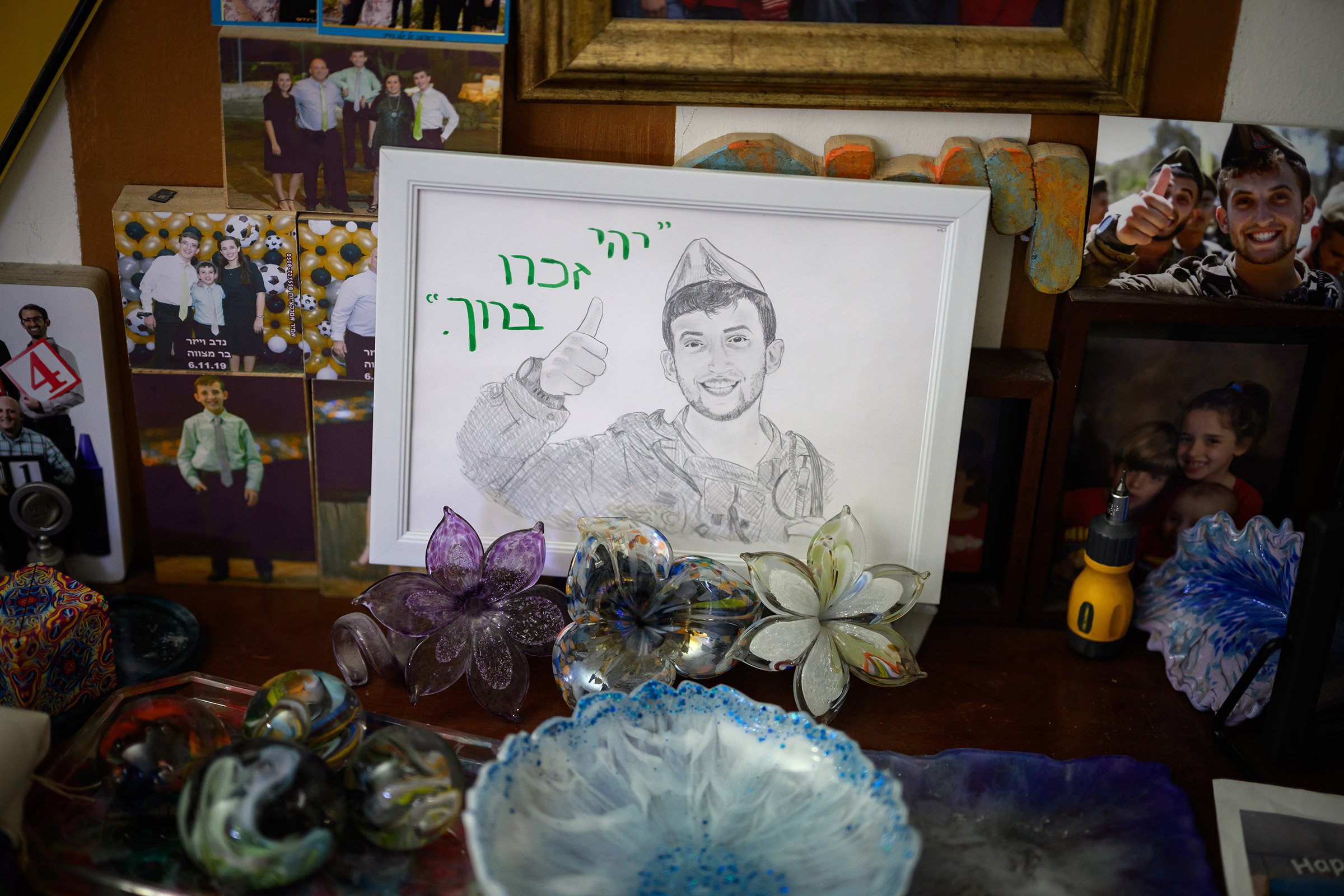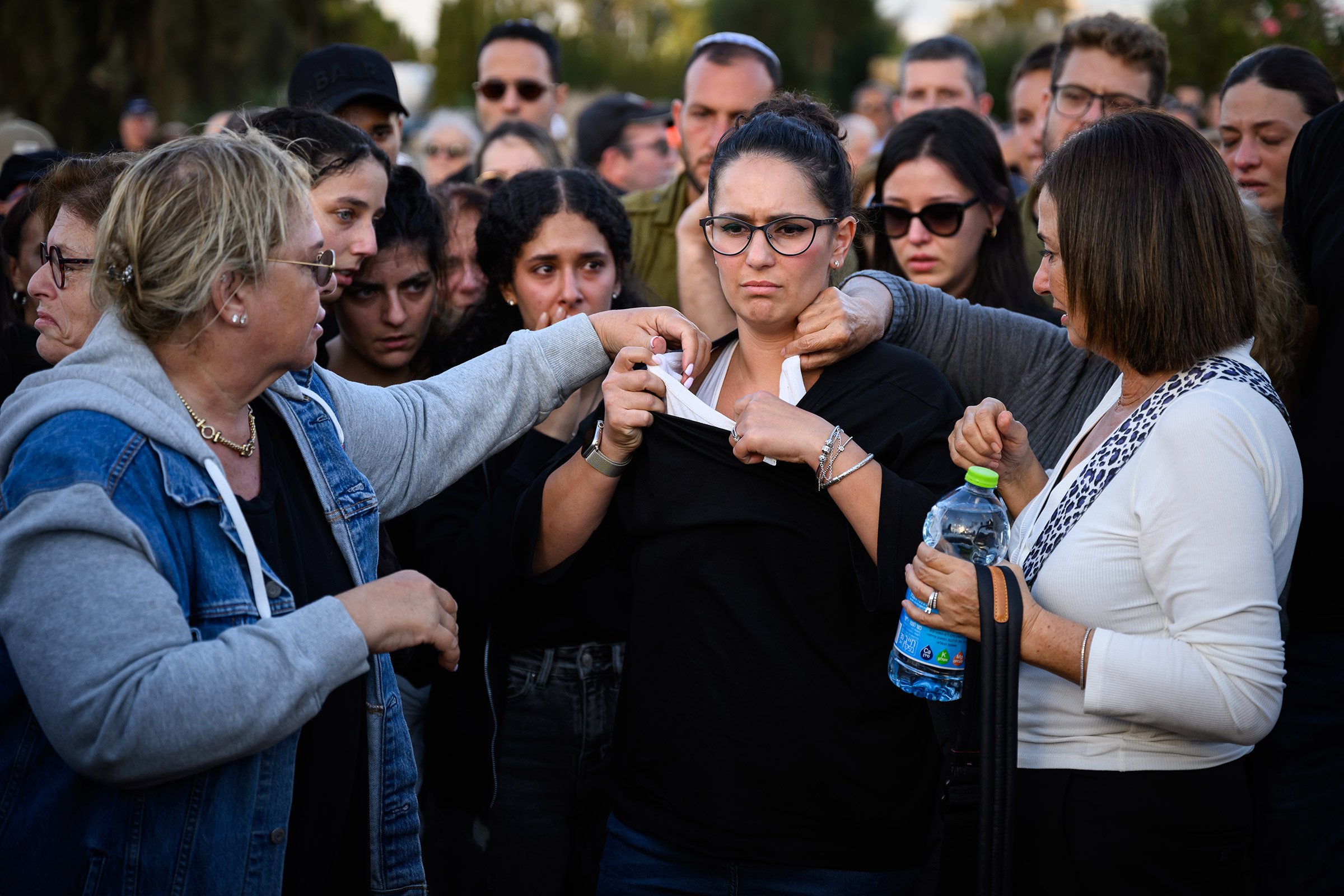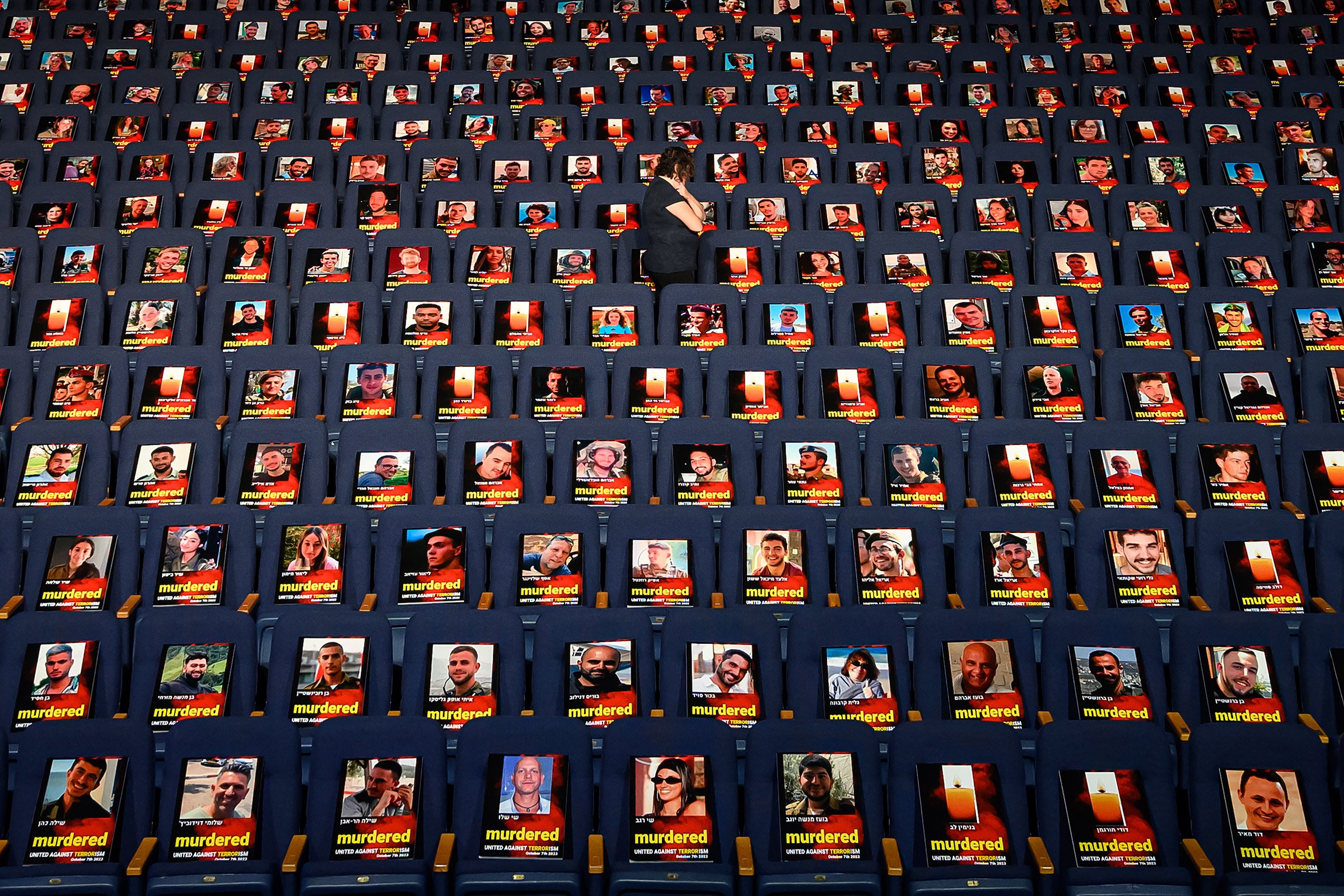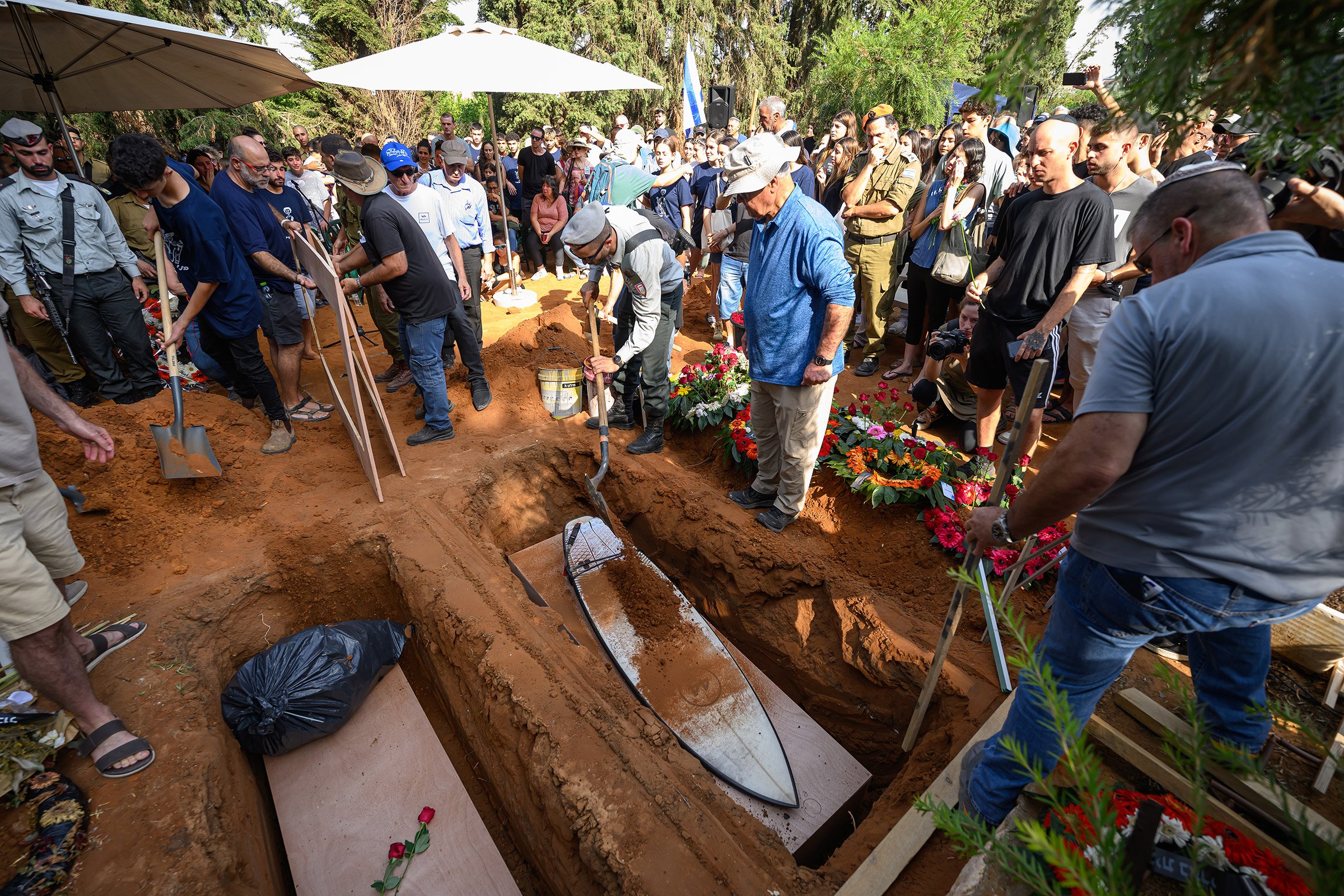Israel - 07/10/2023
WARNING: THIS POST CONTAINS IMAGES AND DETAILS OF DEATH
Following the attacks by Hamas on settlements and locations across southern Israel, I was dispatched to cover events as they developed. Below, I’ve shared the daily notes and thoughts from my coverage.
I’ve been to many festivals over the years so when asked to fly to Israel, I knew that the site of the Super Nova peace festival was somewhere that I had to visit.
Passing through Sderot and seeing the aftermath of the attack by Hamas a few days earlier and a rocket strike that afternoon, word went round that a coordinated visit to the site of the festival would be taking place. After waiting at a staging post for media at a nearby petrol station in Urim, the convoy was escorted to the scene of the attack.
It’s very hard to put into words how it felt to be there. All around, the everyday signs of festival life littered the floor, destroyed cars sitting where they’d come to a standstill, many with keys in the ignition, personal effects strewn around the seats. In some, evidence of the horrifying physical violence that took place was clear to see, sprayed across the dashboard.
As we moved around the site, soldiers emerged from a corner pushing us back and ordering our cameras to be lowered as forensic teams continued their work on an uncleared area.
Half an hour after arriving, a shot rang out, then another, and another. Some dropped to the floor, others ran, some rushed towards the sounds. Among the trees, a man stood alone, surrounded by members of the Israeli Defence Forces, weapons raised. Under orders, he removed his clothes and dropped to the floor before the soldiers fell towards him, and ushering us away.
Leaving the site, I could only think of the energy, love and happiness that fills these festivals, and how hard it is to even to begin to imagine what these people saw.
Heading back to Tel Aviv, I catch glimpses of tanks and armoured vehicles as they prowl along dirt tracks, parallel to the highway.
***
Starting the day in Tel Aviv, a press conference was to be held with various representatives speaking to the families and friends of those Israelis who were kidnapped by Hamas during the attacks. Held in a car park, four floors below ground level, emotions were understandably high as people shared their needs and a government representative attempted to win support for the work they were doing. As I left, a woman outside burst into loud sobs. She had just discovered that the second of her twin brothers had been confirmed as killed during the attacks.
Travelling across town to a military base, members of the media were taken to where the bodies of the Israeli dead were being identified and stored. An enormous shift in protocol and media access in Israeli culture, medical staff swung the doors of the refrigerated shipping containers open to reveal the racks of bodies, cocooned in bags. As we documented this truly awful sight, a lorry stood nearby with thirty more bodies, waiting to be identified and returned to their families. The tradition of burial on the same day as death has been disregarded due to the forensic work needed in putting a name to the remains.
People often talk about the sensory effects of being this close to so much death. Hours later, I still find the smell returning to me.
***
As I walked around Kibbutz Be’eri, it proved hard to find a reference point for what I was seeing; a residential community totally unexceptional in some ways and completely destroyed in others. Homes so untouched by the recent violence that I expected the family to turn in disbelief as I walked into their living room. Others now charred shells of buildings, reduced to nothing more than rubble.
Of the 1,100 residents, 110 were killed during the attack by Hamas on October 7, 2023. Many others were taken hostage.
Escorted to the site, only a few kilometres from the border with Gaza, the invited media were greeted by the scene of a team of workers in masks, removing the bloated and decaying bodies of Hamas fighters from a pile using construction machinery, as they placed the remains into bags.
Within the compound, very few traces of the Israelis who were killed now remain, with the items of everyday life providing echoes as to the families who had lived here. Children’s toys. Family photos stuck to a fridge door. Laundry drying on a rack. Coloured bunting for a celebration.
Walking further through the residential alleyways and paths, a now-familiar smell cut through the air. Hidden beneath discarded planks, another Hamas fighter lay waiting to be collected, his creased hand the only part uncovered.
Driving away from the southern areas to Tel Aviv, plumes of smoke lined the horizon from an Israeli airstrike on Gaza. While the innocent on both sides caught up in the horrors may be hoping for this to end, it looks like there’s a long way to go.
***
Covering stories such as this can be an enormous opportunity for learning, and when faced with a solid stream of misery, it can help to move your mind elsewhere through discovery. As with my coverage of the human angle of the war in Ukraine last year, this assignment has allowed me to learn more about how the Jewish faith mourns its dead.
Through the exceptional kindness and trust of the Weiser family, I was allowed to witness a family sitting shiva for their son Roey, who was killed in action at the Kerem Shalom border crossing on October 7. The traditional gathering sees a parent, spouse, sibling or child mourn for seven days, while friends and family pay their respects. Seated on chairs lower than the others in the room, those in mourning are surrounded by a flow of visitors, who enter in silence, allowing the grieving family to dictate their needs through conversation, silence or the sharing of memories. It is the family’s loss so they decide how it should be observed.
Later in the day, the funeral was held for Peruvian-Israeli civilian Dr. Daniel Ludmir, who had been killed by Hamas fighters while trying to save the lives of those injured on October 7. At the graveside, a close relation observed the tradition of Kriah, with friends cutting her clothes before she tore it, symbolising her state of mourning.
Looking to the ongoing situation, I wanted to see if there had been a spike in requests for firearm training so visited the Caliber 3 firearms facility in Efrat. “Remember, some will take one bullet to go down, others may take seven. You keep pulling the trigger until they’re on the floor”.
***
Travelling across to Beit Shemesh, residents of some of the southern towns and cities have found themselves sharing small rooms in hostels, as ultra orthodox communities provide temporary housing. Idan and Rivka showed me their single room, that they now share with their six children. Outside, Omer was volunteering to assist with childcare, as well as offering counselling to the women who had been forced to flee their homes. Asked how she was managing, she explained that she’s currently at university studying to become a social worker, with recent events testing her new-found knowledge. A little girl nervously told Omer that she knew some English. After some encouragement, she taught me how to count to ten. Somehow, I managed to keep getting it wrong. Her laughter was priceless.
Exploring further, a school was providing room for volunteers to make Tzitzis, a religious fringe, which would be attached to shorts destined for frontline soldiers.
Heading back into Tel Aviv, streaks of smoke slit the clouds as Iron Dome missiles intercepted incoming rockets. Stopping on the hard shoulder, the woman from the car ahead cheerily waved and smiled for a photo as she sheltered.
The Iron Dome is a startling piece of defence to witness. The sirens howl out and as you look up, missiles soar across the sky, weaving and diverting as they lock-on to the incoming rocket. A popcorn-like puff of white on blue and, as the seconds pass, this evidence of war softens, becoming a drifting cloud.
Ending the day, a journey over to Jerusalem for the funeral of Lt, Amitai Granot, an Israeli soldier killed during a clash with Hezbollah on the northern border. As a relative performed a piece of favourite music, and family and friends collapsed into grief, it was impossible not to be moved.
***
Small acts are sometimes a balm for devastating loss and anger. As the Israeli military continues to plan its retaliation for the attacks of 7/10, some people have been voicing their feelings through graffiti. As I’ve been moving around the region, messages of defiance have become an increasingly regular sight.
In Tel Aviv, the family of Mia Shem held a press conference following her appearance in a video released by Hamas overnight. Taken hostage while attending the Nova Peace Festival, Mia is seen being bandaged and pleading to be allowed to return home. The New York Times reported that at least some of the video was filmed six days ago.
Later in the day, Shiraz Tamam was buried in Holon cemetery. Also in attendance at the same festival as Mia, Shiraz was one of 260 killed during the attack. With the date of the attacks now referred to by some as “The Black Shabbat”, a pallbearer’s choice of t-shirt was clearly no accident.
***
There were plans in place for today and then Joe Biden came to town. That may give the impression that I was urgently reassigned to document the visiting POTUS as he held emergency meetings in secret war rooms but that would very much not be the case. What it did mean was that Tel Aviv ground to a standstill. The story I hoped to cover in the south had to be cancelled and the funeral I was aiming to attend was missed. Every avenue both creatively and literally was a roadblock.
With the world looking towards Israel to find out what would happen next following the horrific scenes from the hospital in Gaza, the families of the hostages taken by Hamas took to the streets outside the central military base to make their voices heard. Sticking posters to passing cars and tying yellow ribbons to all of the trees and pillars along the road, these friends and family members must be in such unbelievable turmoil as they think of what may now come.
Among the photos and posters on display, one woman’s handwritten sign stood out in its message; “Bring them home. No revenge.”
***
On Thursday, I had my first chance to look across into Gaza from a vantage point in Israel. The view between the trees framed a mosque and minaret which, a few moments later, were surrounded by clouds of dust and smoke from an incoming strike. Minutes later, a column of smoke rose into the air from another. I hadn't picked a specific time of day to visit, and I was there for only twenty minutes before being forced to move due to outgoing rockets overhead but in those few moments, the regularity of the incoming shelling gave just the smallest glimpse into the hell that the population is going through within the border walls. I nearly made reference to "sides", but the suffering of innocent civilians is tragically universal.
Friday started at Tel Aviv Museum of Art, and a "Shabbat Dinner" for the 203 people currently missing or held hostage by Hamas in Gaza. A powerful representation of the size of the group, the message was strengthened by the place settings with a handful of plastic plates and cutlery among the adult places. Again, words fail me as to how the families must be feeling.
***
Funerals have become a near-daily part of the coverage here, with families still burying their loved ones from the attacks of nearly two weeks ago. Today, it was two people from Kibbutz Kfar Aza. Both were deeply moving in their own ways; Omer Hermesh's love for Hapoel Tel Aviv F.C. meant his grave became a beacon of red. Mira Stahl's mourners reminded me so much of the friends I made in my 20's as I played music in Sheffield. Loving, close modern hippies who looked totally devastated to lose their friend in this violent way. During the traditional rush to fill the grave, one mourners bare feet against the earth galvanised that thought.
***
Walking around the Florentine district of Tel Aviv on the morning of Shabbat, the Jewish day of rest, it would be very easy to forget that the country is at war. The coffee shops are filled with locals reading newspapers and meeting friends, as a steady stream of dog walkers pass by in the morning sunshine.
It’s only when you stop to look that you see the posters showing faces of the people believed to currently be held hostage by Hamas in Gaza. Then, you notice the expressions of quiet sadness, two weeks to the day since the shock attack on Southern Israel. Is the mood due to what has been, or what now seems inevitable? While images of the horrific conditions inside Gaza fill the news feeds, the people of Israel know that any incursion will come at a high human cost for their own country too. With so many having friends and family in active service, the fallout will be personal.
Back at the Gaza border, the low hum of a distant drone circling above is regularly interrupted by the rush of a fighter, circling once, twice, before a plume of smoke appears in the distance. Seconds later, the boom of impact reaches the assembled media overlooking the scene. Time and again, the strikes hit all across the horizon, some falling into the no-man’s land in between our vantage point and the Gaza fence.
An unexpected crack and rush of rocket fire sends everyone to the ground, looking around, trying to work out the confusing order to the sounds that they heard. An outgoing Israeli position has fired for the first time from very close nearby, leaving everyone a little more alert.
The sun sets over the horizon and the strikes continue. As the day fades and it becomes harder to focus, it dawns on me that across the whole horison, I can only see a single solitary light in Gaza. The skeletal shapes of the ruins which were so sad to see in the day have somehow taken on an even darker form.
***
The tension in Israel continues to build. More checkpoints and closures are appearing around the south, with the ominous feeling that something is approaching.
In the auditorium at Tel Aviv University, photographs were placed in seats, showing the names and faces of over 1000 of those who were killed, taken hostage or remain missing. Like the Shabbat Dinner table installation, it was another sobering image to see so many photographs of smiling faces, captured in happier times.
Across town, and four floors down to the subterranean hospital ward deep beneath the Sammy Ofer Heart building at Ichilov Hospital. In a sad indication of the regular war-stance that the country adopts, the parking garage below the hospital was purpose-built to be converted in times of need, with room for just under half of the regular hospital patients. All around the beds of the patients are the traffic-flow symbols and bay markings that hint at the spaces regular use.
Cruising through the ultra-Orthodox area of Bnai Brak, a snippet of conversation with a passer-by is all that it took for my driver to follow a hunch and find a nearby pop-up centre for internally displaced people. Providing food, clothes, toys, information and support, the much-overlooked commodity of distraction through entertainment was to be found on the third floor, with a puppet show. Performing to a packed room of captivated young faces, the Talmudic story of Rabbi Avika had the children spellbound.
Afterwards, one of the organisers showed me a photo on his phone of a sketch by a young boy of the things that he’d witnessed. In the drawing, masked men shoot at his door, while others shoot at the house next door. His father climbs through a hatch in the ceiling to find a member of Hamas waiting. Overhead, rockets boom and explosions are seen.
Those children deserve all the distractions that they can find.
***
Rumours continue to flow, so a day in the south, waiting, watching, listening.
Moving around the area and we begin to travel down a dirt track I’ve used a number of times, but stop when I remember a new landmark that I noticed on my last visit; a civilian car at the side of the road with a concentrated cluster of bullet holes on the driver side windscreen. A genuine threat, or the actions of a nervous soldier? We turn around.
Into the evacuated town of Sderot, and soldiers are now out at major junctions checking ID and monitoring traffic. A roadblock finally prevents access beyond a deserted shopping mall. Passing the time, I wander into the car park and everything looks normal until you look down and notice spent shell cases every few steps, a reminder of the intense firefights that the area witnessed.
Despite the build-up of troops, sanctioned visits to the sites of the killings still take place. However, unlike the first days where a long convoy of cars would wind its way to the locations, visits now take place under much stricter control. After a briefing to inform us that media couldn’t photograph, film or talk to any member of the military, must not leave the small area that we would be assigned to, and not photograph anything personal that may be identified, I declined the invite. To report on the story from within Israel, the most important elements are the people and their lives, be they civilian or military, alive or dead.
With little happening, I returned to the vantage point over Gaza. Tonight, the sounds of the drones, fighter jets and distant explosions are joined by sustained bursts of automatic fire.
The cauldron continues to bubble.
***
After over a week of trying, I was able to photograph a man getting a memorial tattoo for someone lost in the attacks. The soldier, who wished to remain anonymous, was having a shattered outline of Israel, with the epicentre in his hometown of Sderot, tattooed on his leg. Marked with the funeral date 10/10, it honoured his cousin who was jogging with friends when they were attacked by the first Hamas group to enter through the border. He was shot multiple times but survived the first attack. A few hours later, a second group arrived, killing him and another friend. He was buried on 10th October, fifty years to the day after the burial of the tattooed soldier's uncle.
Due to the stories that I’ve covered, I've left a number of countries recently with an increased cultural knowledge around how people process death. Like the multiple daily funerals in Ukraine last year, I've come to know some basics on what to expect from funerals in Israel, which is why seeing a surfboard buried with Carmel Becher during the joint funeral with his mother Dana made an already sad occasion so heart-wrenching. His father witnessed the murder of both his wife and son, and was, like many, shot in the legs to prevent him from escaping. He has since had one removed.
There’s an app for every war. The notification chimes quickly become a background soundtrack to the day. A single alert, and people may glance at their phone. Multiple chimes, one after another, crashing over each other like waves, and there’s a barrage of rockets in the air. As you lay face-down in the dirt, checking for information on how close the incoming rocket fire is predicted to strike, adverts with smiling faces scroll across the bottom of your screen.
I’m writing this on the seafront in Tel Aviv, in a bit of downtime ahead of my flight home to London later this afternoon. Drinking my coffee and watching the morning people run past in the hazy light, my phone vibrates, once, twice and then a boom in the distance. The incoming rockets have started early today. The joggers don’t even break step.



























